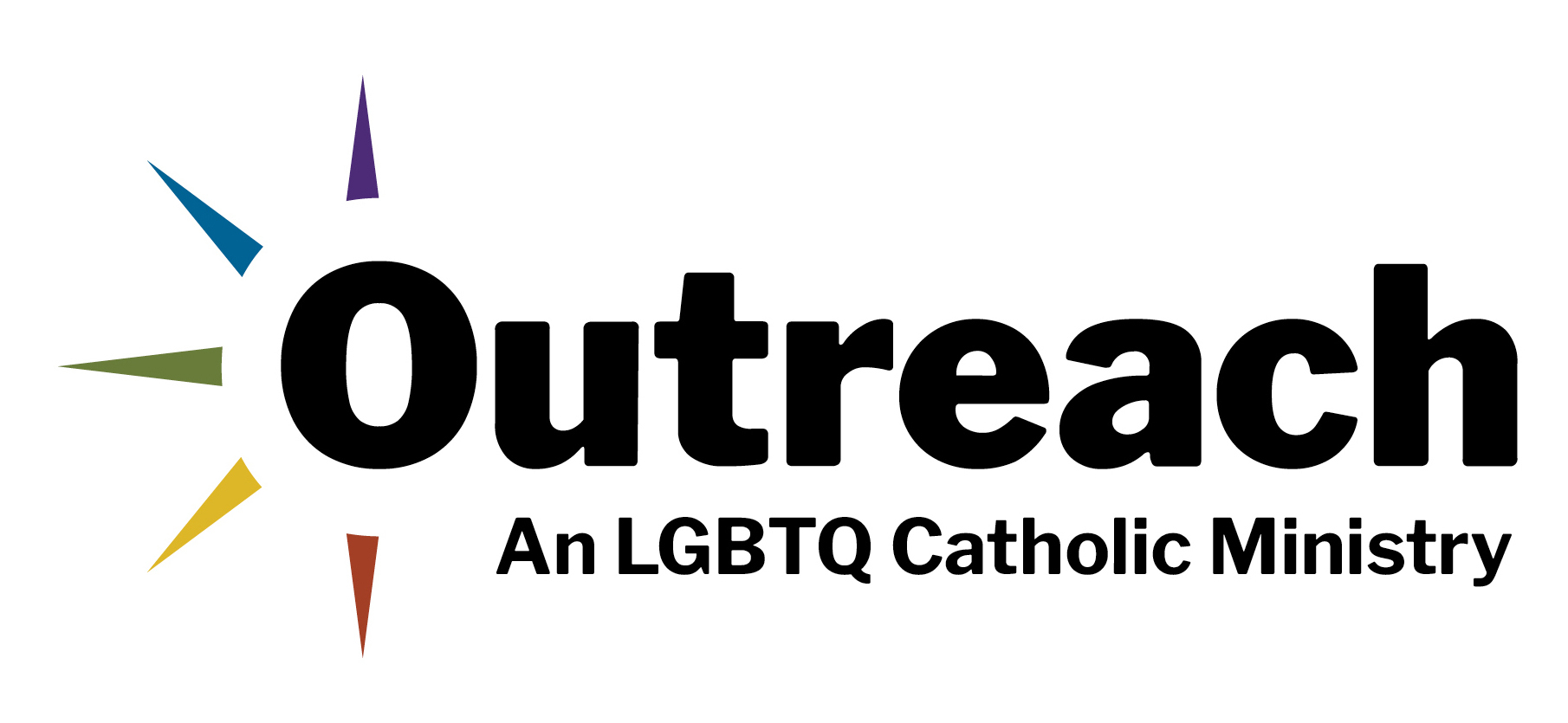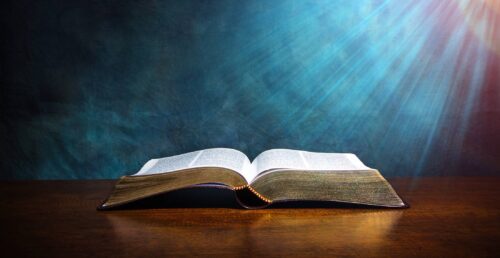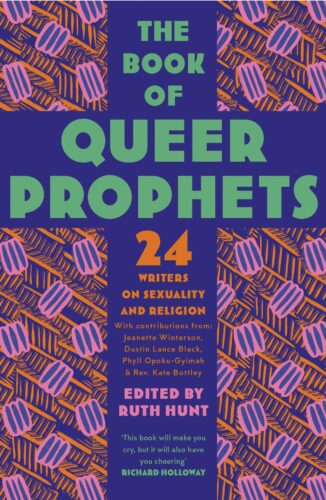In his new book, The Last Supper: Art, Faith, Sex, and Controversy in the 1980s, Catholic journalist and author Paul Elie looks at how “crypto-religious” sensibilities, especially Catholicism, influenced popular art, music, literature and the broader culture during a particularly tumultuous decade—including for gay Catholics struggling with the onset of the AIDS crisis. Elie borrows the term “crypto-religious” from the poet Czesław Miłosz, and adapts it in relation to art to describe work that, “incorporates religious words and images and motifs but expresses something other than conventional belief,” as he wrote in Commonweal.
Catholicism played a large role in this “crypto-religious” reality, because “several things happened at once,” Elie said in a recent interview with Outreach, pointing to “a new pope, a new prefect and a new disease.”

The new pope was St. John Paul II, elected in 1978, who in 1981 appointed the theologian (and future Pope Benedict XIV) Joseph Ratzinger as prefect of the Congregation for the Doctrine of the Faith. Together, they shepherded the global church, the pope traveling the world and the prefect ensuring that dogma was adhered to and traditionalist sensibilities were institutionalized. They led the church during the height of the global H.I.V. and AIDS crisis, which made the crackdown on gay and lesbian Catholic groups all the more painful.
Elie, a senior fellow at Georgetown University’s Berkley Center for Religion, Peace, and World Affairs, digs into the leadership of Cardinal John O’Connor, the archbishop of New York from 1984 until his death in 2000, a close ally of John Paul II who charmed the city’s tabloids while holding firm on the church’s traditional teaching on human sexuality.
“Cardinal O’Connor really wanted to have it both ways,” Elie said, noting that the cardinal spent time visiting patients with AIDS in New York’s Catholic hospitals, while simultaneously leading the church’s resistance to gay civil rights proposals. The cardinal said he was not against gay people, but that the church was clear in its prohibition of homosexual acts—a position that fell flat among many gay Catholics.
“I tried to bring out in the book that he seemed not to be aware that that distinction wasn’t really persuasive to many people,” Elie said.
Then there was the Vatican’s October 1986 decree on homosexuality, which called homosexual acts immoral and homosexuality “a more or less strong tendency ordered toward an intrinsic moral evil.” Issued by the Congregation for the Doctrine of the Faith on Oct. 30 of that year, it came to be known in gay Catholic circles as the “Halloween letter.”
Elie said the “legal tone” of the letter arrived at a “pretty hard time, when the gay community, in New York and San Francisco, especially, was suffering greatly and looking for ways to register the death of their community, which had been ostracized.”
Following the letter, the spaces that gay Catholics had carved out for themselves in the church disappeared, with bishops expelling groups like Dignity from meeting in Catholic parishes.
“The 80s were a very dark time for the church and gay people,” Elie said.
Elie also highlights Catholic priests, sisters and laypeople who were standing by the gay community in New York in the 1980s, including the iconographer Rev. William Hart McNichols, John McNeill, S.J. and Daniel Berrigan, S.J., the Jesuit peace activist who also ministered to LGBTQ Catholics.
Regarding Father Berrigan, Elie said that the famous priest carried out his AIDS ministry away from the spotlight partly because “he had the humility to recognize that he wasn’t an expert in this kind of care” and wanted to learn how best to support this community. That kind of hidden pastoral outreach from priests and sisters was not uncommon in the 1980s, especially as church leaders entrenched themselves in the culture war over homosexuality.
Cardinal O’Connor, whom President Ronald Reagan had appointed to the White House’s AIDS commission, was blamed for stifling the debate about how best to respond to H.I.V. as a public health crisis because of his hard-line views on homosexuality, leading to protests against him by groups like Dignity and the radical AIDS-awareness organization ACT UP.
Elie said that the clash between the gay community and the Catholic Church is taken as something of an inevitably by some today, but he imagines it did not have to play out that way.
“The church didn’t have to take such a hostile position against gay people. It didn’t have to issue that ‘Halloween statement’ with the tone that it took; it didn’t have to engage in rhetorical combat with gay people,” he said.
What if church leaders listened to the gay community during the arrival of AIDS?
“‘How do we respond to this? Let’s take a pause. Let’s reflect,’” he imagines this alternative reality. “But it seems to me that the leaders of the church spoke first and reflected later.”
Elie added, “if prominent Catholic leaders had taken a pastoral approach akin to the one Francis took a third of a century later, the situation of Catholicism in our society would be very different today.”
Throughout his book, Elie delves into what he calls the “crypto-religious” ethos that permeated much of the New York scene in the 1980s, exploring the influence that religion broadly, and Catholicism in particular, had on the culture. He looks at Madonna, Sinead O’Connor and Martin Scorsese, among others, as well as the political, cultural and religious response to their work.
Elie also points to the pop artist Andy Warhol, a gay man who had been raised in the Byzantine Catholic church but by most accounts wasn’t practicing as an adult. But following a run-in with a would-be assassin in 1968, he made a vow to go to church every Sunday. He kept that vow, popping into Masses each week, sometimes for just a few minutes at a time. But his work was imbued with Catholic imagery, and the title of Elie’s book pays homage to a series of work by Warhol. Elie recounts Warhol’s funeral, which was an A-list affair at St. Patrick’s Cathedral.
Though Warhol’s experience was exceptional—he was one of the most famous artists in the world at that point—his relationship with his childhood faith was emblematic for many in the gay community in the 1980s.
“He was on the margins of the church—whether he liked it or not—because he was gay, and that experience was quite common among people who were put onto the margins of the church because of their sexual orientation,” Elie said.
Elie’s focus on the church’s treatment of gay and lesbian Catholics in the 1980s holds powerful lessons for today, especially for younger LGBTQ Catholics to whom events from four decades ago might at first glance seem to offer little in the way of helpful insight to modern challenges. But with debates over how welcoming the church should be towards LGBTQ people seemingly ratcheting up again, understanding how church leaders responded in a pressure cooker back then can help make sense of actions and decisions being made today.




